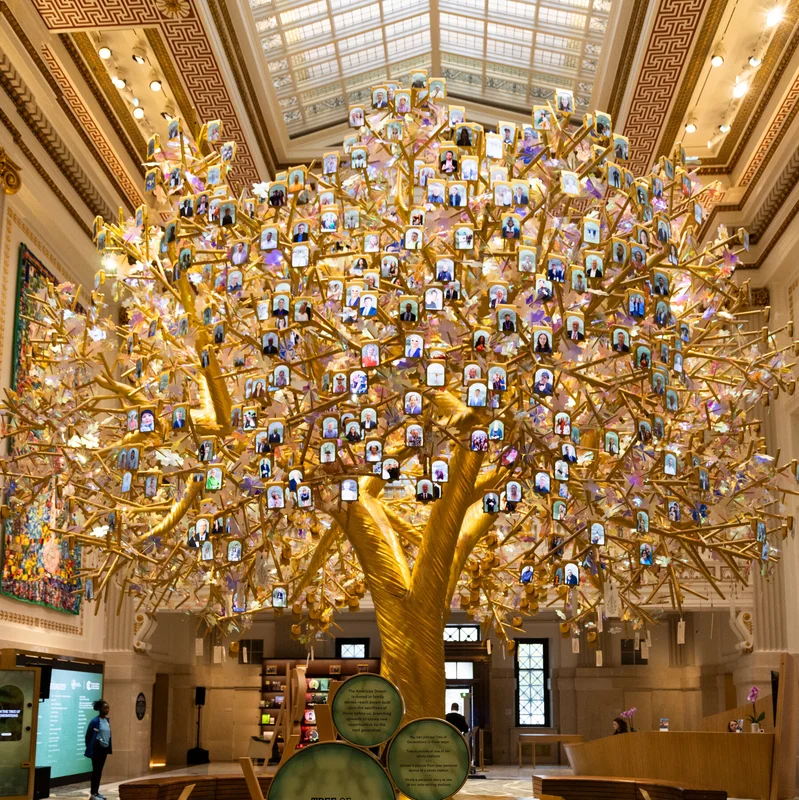Paris, France – This week, a select few hundred art world elites received a golden ticket to what insiders are calling the most exclusive event of the fall season: the Art Basel Paris “pre-preview.” With velvet ropes, unmarked entrances, and security tighter than a museum vault, gaining access proved more difficult than sneaking into the Louvre—according to more than one bemused gallerist.
What Is the Art Basel Paris Pre-Preview?
The Art Basel Paris pre-preview is an invitation-only gathering held 24 hours before even VIPs are allowed into the fair. Attendees include billionaires, royal family members, hedge fund moguls, and a handful of celebrity collectors like Beyoncé and François Pinault. Dealers describe it as “the only moment in the art calendar where money talks before the doors even open.”
Unlike the general public—or even standard VIPs—these guests get first dibs on multimillion-dollar works, often sealing deals over champagne before most Parisians have finished their morning croissants.
Why the Secrecy?
In a market reeling from global economic uncertainty, declining auction results, and waning enthusiasm among younger collectors, galleries are desperate to project confidence—and close sales fast.
“The pre-preview is where the real business happens,” said Claire Dubois, a Paris-based dealer specializing in postwar European art. “If you can move a $12 million Baselitz or a $7 million Julie Mehretu before the fair officially opens, it sets the tone for the whole week.”
To maintain an air of mystique—and control—organizers don’t publish a guest list. Invitations are hand-delivered or sent via encrypted email. Some attendees reportedly arrived in unmarked black SUVs and entered through service elevators at the Grand Palais Éphémère.
Artworks That Stole the Spotlight
Early reports from the pre-preview highlight several standout pieces already sold or under serious negotiation:
- “Untitled (Red Curve)” by Mark Rothko (1958) – Listed at €38 million by a Zurich gallery; reportedly acquired by a Middle Eastern royal family.
- “La Danse” by Henri Matisse (study, 1909) – A rare preparatory sketch for the iconic Barnes Foundation mural, priced at €9.2 million.
- “Pixel Bloom #7” by Refik Anadol – An AI-generated digital installation sold as an NFT-backed physical display for €1.4 million to a Silicon Valley tech founder.
A Market in Need of a Boost
The exclusivity isn’t just about glamour—it’s strategic. The global art market contracted by 8% in 2024, according to the UBS Art Market Report, with high-end contemporary sales hit hardest. Auction houses like Sotheby’s and Christie’s have seen buy-in rates climb above 30%, signaling soft demand.
By concentrating top-tier buyers in one room for a few hours, Art Basel aims to create a sense of urgency and scarcity. “It’s psychological,” explained art economist Dr. Lena Moreau. “When you see someone else bidding on a piece you want, you’re more likely to act—even if you hadn’t planned to buy.”
Criticism and Irony
Not everyone is celebrating. Critics argue that such hyper-exclusive events deepen the art world’s elitism at a time when institutions are trying to appear more inclusive.
“It’s ironic,” said cultural commentator Julien Marchand. “Museums are begging for diverse audiences, yet the biggest commercial engine in art operates behind locked doors accessible only to the 0.001%.”
Still, for dealers, survival trumps ideology. “We’re not selling democracy,” one gallerist quipped. “We’re selling Picassos.”
What’s Next for Art Basel Paris?
The main fair opens to VIPs on Friday and the public on Saturday. But the real story, as always, happened before anyone else was watching. For those who missed the pre-preview? They’ll just have to admire what’s left—or dream of an invitation next year.
Sources
The New York Times – A Paris Art Event So Exclusive That Breaking Into the Louvre Might Be Easier
Art Basel Paris Official Site
UBS Art Market Report 2024




